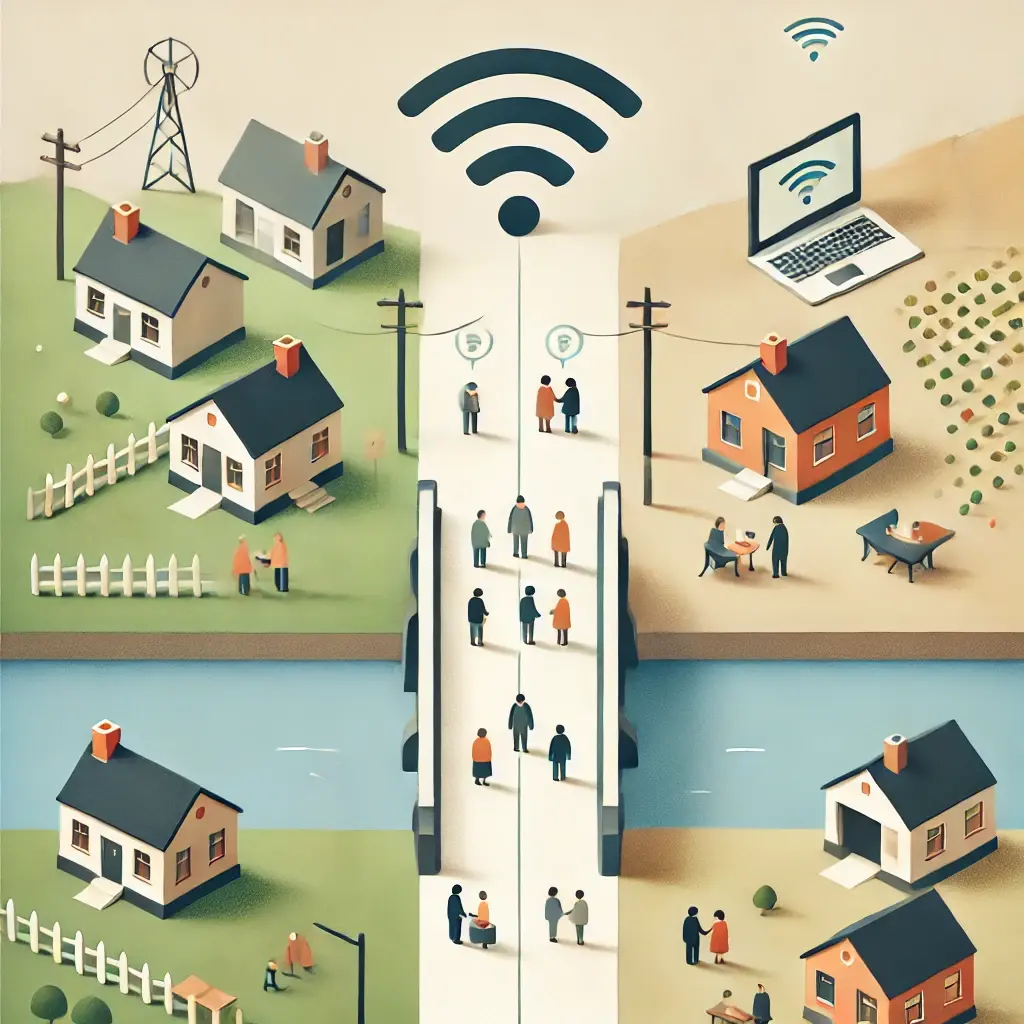Why Digital Inclusion?

Contents
There are many legitimate reasons why some people choose to live their lives without the internet. We do not consider someone to be under-included who is able to use the internet. There are persistent correlations between being without internet access and having lower income, lower unemployment, and a greater reliance. There is also evidence to show that increasing internet access can reduce inequities.
Research in the US found that increasing internet penetration by 1% increased employment by 0.3%, helping 400,000 people find jobs. They also found people who gained internet access used it to search for jobs, training and government support (Crandall, Lehr and Litan, 2007). Digital inclusion has benefits for the whole economy through higher employment, higher tax revenue and accelerating innovation.
For example, Amazon’s recent decision to base cloud computing data services in Auckland was due to the region’s telecommunications connections and skilled technology workforce. Amazon is anticipated to invest $7.5 billion over 15 years (Pullar-Strecker 2021). One New Zealand study estimated that a 20% increase in the uptake of cloud computing could increase GDP by $3.5–6.2 billion (Bealing, Siddharth and Leroy 2020).
In the wake of the COVID-19 pandemic, Deloitte published a report that found broadband penetration was critical to increasing jobs and GDP growth (Deloitte US 2021). It estimated a 10%-point increase in broadband access in 2014 would have resulted in more than 875,000 additional jobs in the US and US$186 billion more in economic output in 2019. Technological progress has advanced rapidly over the past 20 years, changing the lives of those who can access and use technology. Digital devices give us immediate real-time information, help us stay connected and provide opportunities to learn new skills.
These benefits span our work, finances, home, community and social lives. Businesses and government services increasingly seek to reap the benefits of moving services online. These benefits include reduced transaction times, automation and cost savings through fewer physical premises. One example of this is the decline in bank branches, which have reduced by a quarter since 2019 (Stock 2021). As it becomes increasingly difficult to fully participate in society without the internet, some are left behind. This movement to online services has major consequences for those without or with limited internet access. The digital divide contributes to the perpetuation of income and wellbeing inequality, as access to digital services can increase access to employment opportunities, banking and online learning.
Aside from the direct wellbeing effects, there is strong evidence of the collective harms of inequality, which leads to weaker economic performance and reduces resilience to shocks (Ostry, Loungani and Berg 2019). Kaupapa Māori research highlights the importance of digital technology and digital inclusion in the context of social,cultural, economic and environmental spheres. Digital connections open up avenues for participation on the marae, noting that online attendance at tangihanga was emerging and other hui were held online so whānau overseas could attend.
Since 2020, the COVID-19 lockdowns forced these significant cultural events online, providing Māori an essential, albeit imperfect, connection to whānau, hapū and marae encounters (Dawes et al. 2021). We can draw considerable ties between digital inclusion and both Te Whare Tapa Whā and Te Pae Māhutonga, and as our research shows, being digitally included or excluded impacts considerably on aspects of both models. We particularly saw this following COVID-19, as the ability to be digitally included meant that whānau were able to connect, access services and the community, participate in society and, for some, participate in marae or community affairs – all contributing to the elements of Te Whare Tapa Whā and Te Pae Māhutonga.
